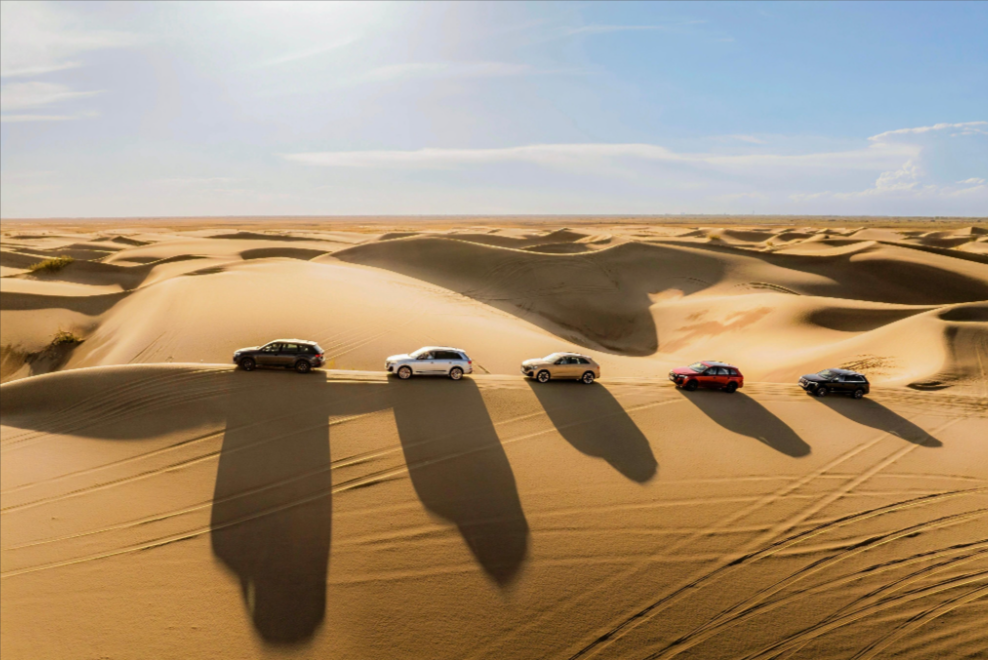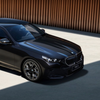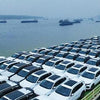5 Tips for Car Maintenance in UAE!

5 Tips for Car Maintenance in UAE
Owning a car in the United Arab Emirates is a little bit harder than other countries. because of the extreme environment—scorching sun, high humidity, and desert sands—can be very tough on your vehicle. To keep your car running safely and avoid expensive repairs is necessary.
Here are 5 tips for maintaining your car in UAE.

1. Car Battery
Think of your car battery as the heart of your car's electrical system. In the UAE's summer, temperatures inside the engine bay can soar above 70°C (158°F). This intense heat is a battery's worst enemy.
Why it's crucial in the UAE:
Heat causes the liquid inside the battery to evaporate faster. This leads to internal damage and significantly shortens its lifespan. A battery that might last 5 years in a cooler climate may only last 2-3 years here.
What you should do:
Regular Inspection: At least every two months, pop the hood and check the battery. Look for any signs of corrosion (a white or bluish powdery substance) on the terminals. Also, check for any cracks or bulges in the battery case.
Keep it Clean: If you see corrosion, you can clean the terminals with a mixture of baking soda and water and a wire brush. Always wear gloves and safety glasses.
Professional Testing: Once a year, especially before summer, ask a mechanic to perform a "load test."

2. Checking Tyre Pressure
Your tyres are the only part of your car that touches the road. In the UAE, this contact happens on blazing hot asphalt, which can quickly worsen any existing tyre problems.
Heat and Pressure: Air expands when heated.
If your tyres are already over-inflated. the hot road and air can cause the pressure to become dangerously high, increasing the risk of a blowout.
Under-inflated tyres are just as bad. They have more surface area touching the hot road, causing them to overheat and wear out much faster.
Desert Driving: If you drive into the desert, you will likely lower your tyre pressure to get better traction on the soft sand. This is a vital skill. However, you must re-inflate your tyres to the correct pressure as soon as you are back on a paved road.
Driving on the highway with low tyre pressure is extremely dangerous and can destroy your tyres in a very short time.
What you should do:
Check Monthly: Check your tyre pressure at least once a month and before any long trip. Do this when the tyres are "cold" , as driving heats them up and gives a false reading.
Find the Right Pressure: The correct pressure is not the number on the tyre's sidewall. Look for a sticker on the driver's side door jamb or in your car's owner's manual.
Check the Tread: Use the "coin test." Insert a one-dirham coin into the tyre's tread groove with the Arabic writing facing you.
If you can see the entire outer border of the coin, your tread is too worn, and it's time for new tyres. Worn tyres have poor grip, especially during the rare but sudden rainstorms in the UAE.

3. Regular Oil and Filter Changes
Engine oil is the lifeblood of your car. It lubricates all the moving metal parts inside the engine, reducing friction and carrying away heat.
The extreme heat causes engine oil to break down and thin out much faster than in normal climates.
When oil degrades, it can't protect your engine properly.
This leads to increased wear and tear and can cause severe, permanent engine damage.
Furthermore, driving in desert means more tiny sand particles can get into the engine, and making the oil and air filters dirty more quickly.
What you should do:
Follow the Severe Service Schedule: Don't follow the standard service intervals. In the UAE, you should follow the "severe service" or "extreme conditions" schedule mentioned in your owner's manual.
This usually means changing the oil and oil filter more frequently. every 5,000 to 7,500 kilometers instead of 10,000 or 15,000.
Use the Right Oil: Use the grade of oil recommended by your car's manufacturer. Many mechanics in the UAE suggest using fully synthetic oil because it handles high temperatures better and lasts longer.
Change Air Filters: Regularly replace the engine air filter.
A clean filter prevents desert dust and sand from entering your engine. ensuring it can "breathe" properly and run efficiently.

4. Inspections
You might not be a car expert, and that's okay. This is why professional mechanics exist. A "wait until it breaks" approach can lead to much higher repair bills and dangerous situations.
The heat accelerates the wear on almost every fluid and component in your car. Things you need to inspect regularly include:
Coolant: This fluid prevents your engine from overheating. In the UAE, it works overtime. The mechanic will check its level and strength to ensure it won't boil over.
Air Conditioning: Your AC is a survival tool in the summer. A professional check before the hot season can ensure it's working at peak performance.
Brakes: Dust and sand can affect brake components. Have your brake pads, discs, and fluid checked regularly.
Belts and Hoses: Heat can make rubber belts and hoses become brittle and crack. A broken belt can leave you stranded and cause major engine damage.
What you should do:
Stick to a Schedule: Follow a strict service schedule with a trusted garage or dealership. Don't skip appointments.
Pre-Summer Check-up: Always get a check-up before the summer to ensure your car is ready for the toughest season.
Post-Desert Check: After a fun trip into the desert, it's a good idea to get a quick inspection. Ask the mechanic to check for any sand in the air intake, underbody damage, and to clean the brakes from dust and sand.
5. Exterior and Interior Care
The desert environment doesn't just affect the mechanical parts of your car, it also attacks the exterior paint and the interior cabin.
Desert Sand: Fine sand and dust are abrasive. If not washed off properly, they can act like sandpaper and create tiny scratches on your paint and windshield.
The Sun: The powerful UV rays from the sun can fade your car's paint and cause the rubber seals around windows and doors to crack. Inside the car, the sun can damage your dashboard, leather seats, and other surfaces, causing them to fade, crack, and become brittle.
What you should do:
Regular Washing: Wash your car regularly to remove sand and dust. Use a proper car wash shampoo and a soft sponge or mitt. Avoid wiping a dry, dusty car as this will scratch the paint.
Park in the Shade: Whenever possible, park in a shaded parking lot or use a car cover. This protects the exterior paint and the interior from the direct sun.
Use Sunshades: Always use a sunshade for your windshield when you park. This simple habit keeps your dashboard and steering wheel much cooler and protects them from UV damage.
Condition Interior Surfaces: Use a UV-protectant spray on your dashboard and plastic surfaces. For leather seats, use a good leather conditioner to keep them from drying out and cracking.

By following these five tips, you are not just maintaining your car; you are investing in your safety, your comfort, and your wallet!
If you are interested in the content of the article, please do not hesitate to contact us for more vehicle related information:YL Automobile

Related Reading:
Algeria's Vehicle Import New Policy in July 2025!





